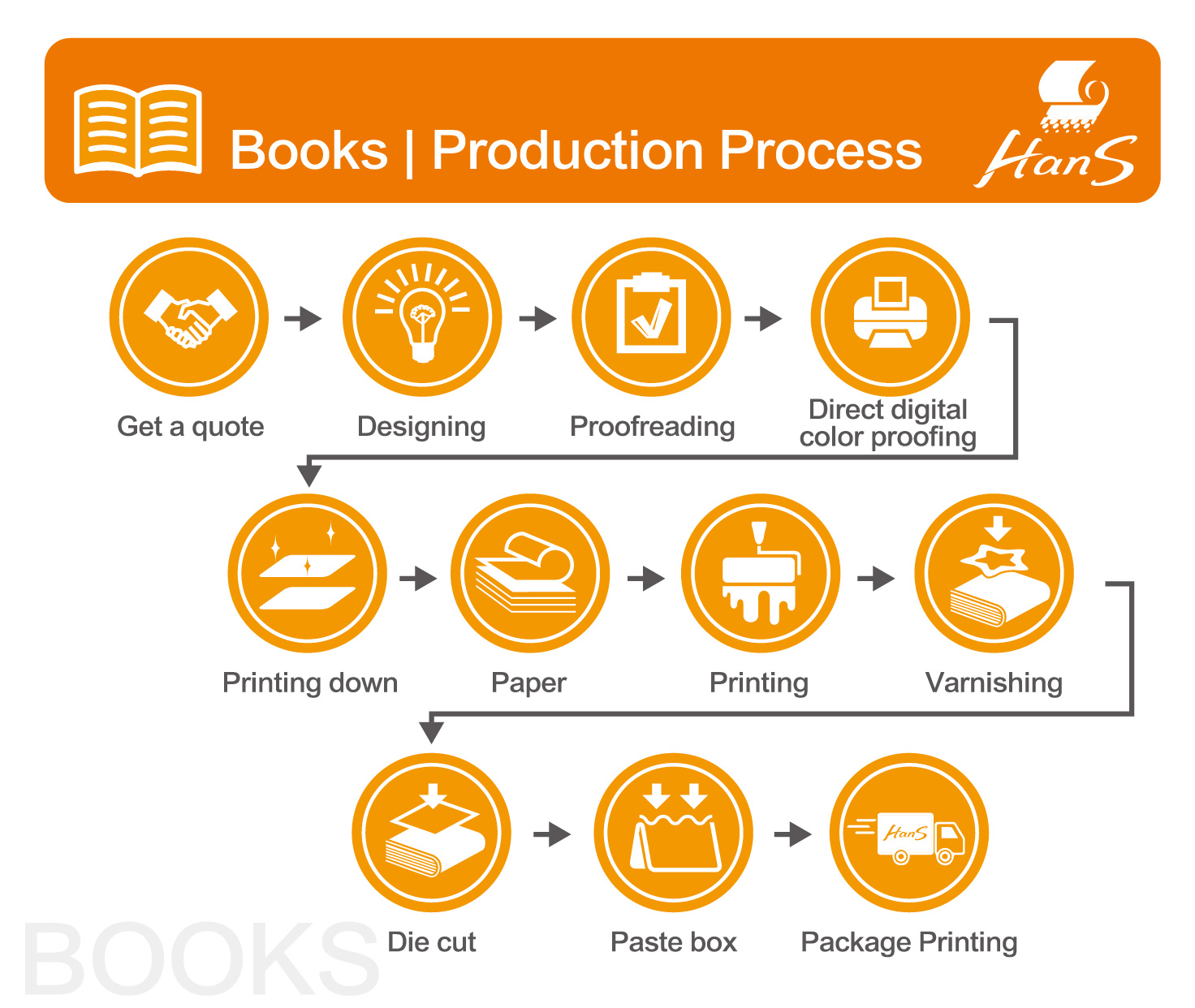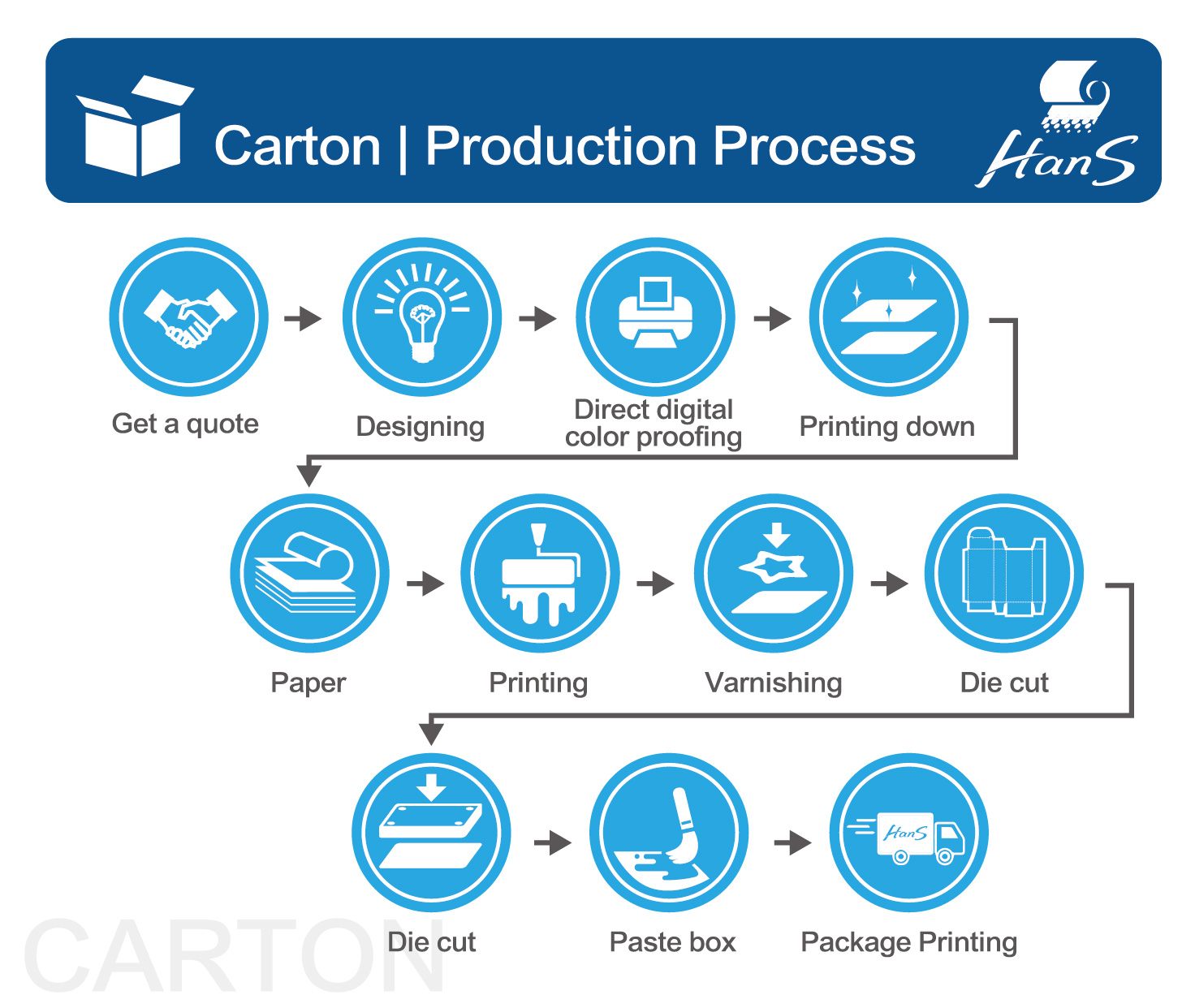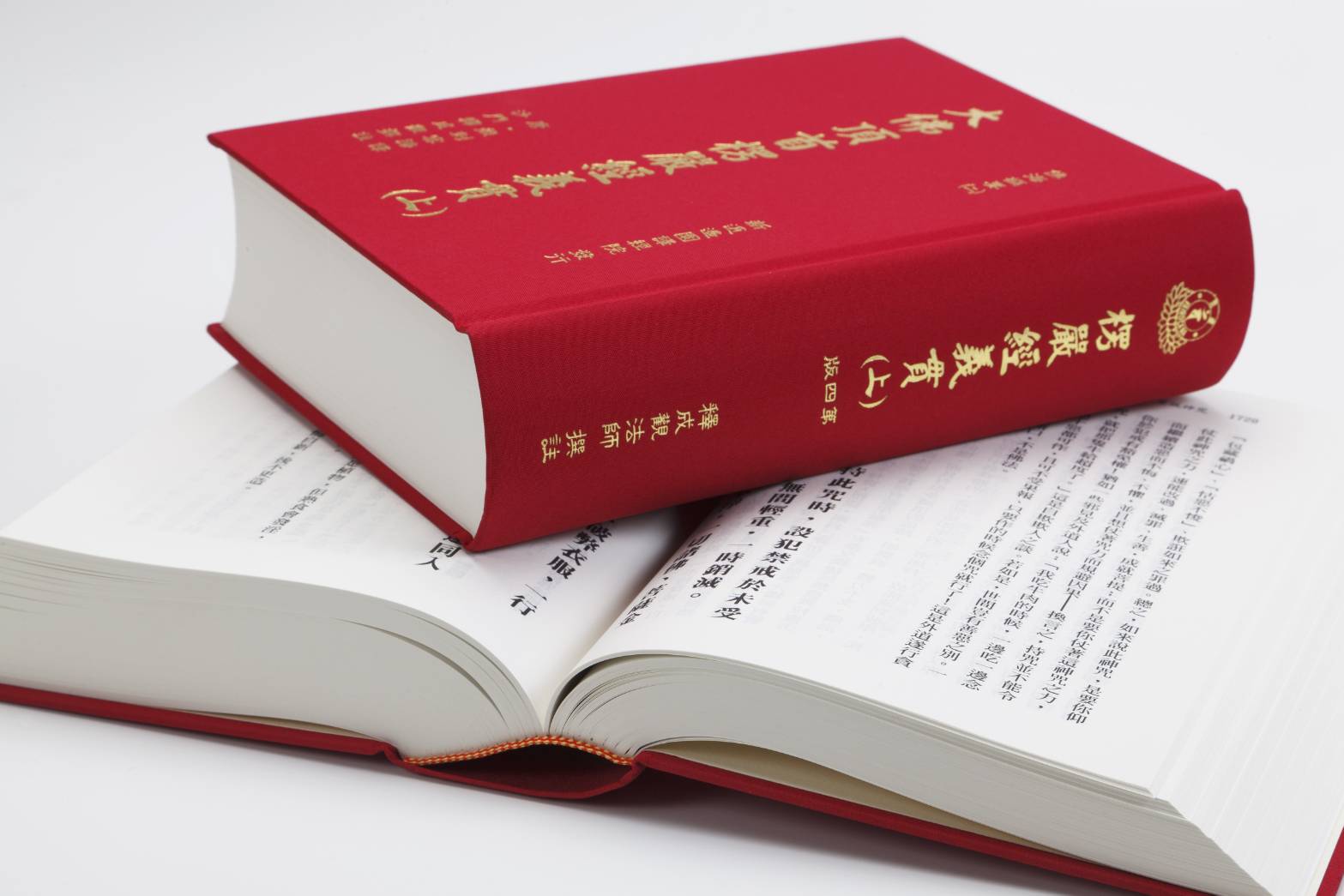Board Games Professional Printing
-
sentiment_very_satisfied
Viewers:
- 303
Understanding Board Games Professional Printing
The world of board games has seen a significant resurgence in popularity, with enthusiasts and casual players alike indulging in this timeless form of entertainment.
One crucial aspect that often determines the success of a board game is its presentation, which hinges heavily on the quality of its printing.
Board games professional printing ensures that your game stands out, offering a tactile and visual experience that enhances the overall enjoyment for players.
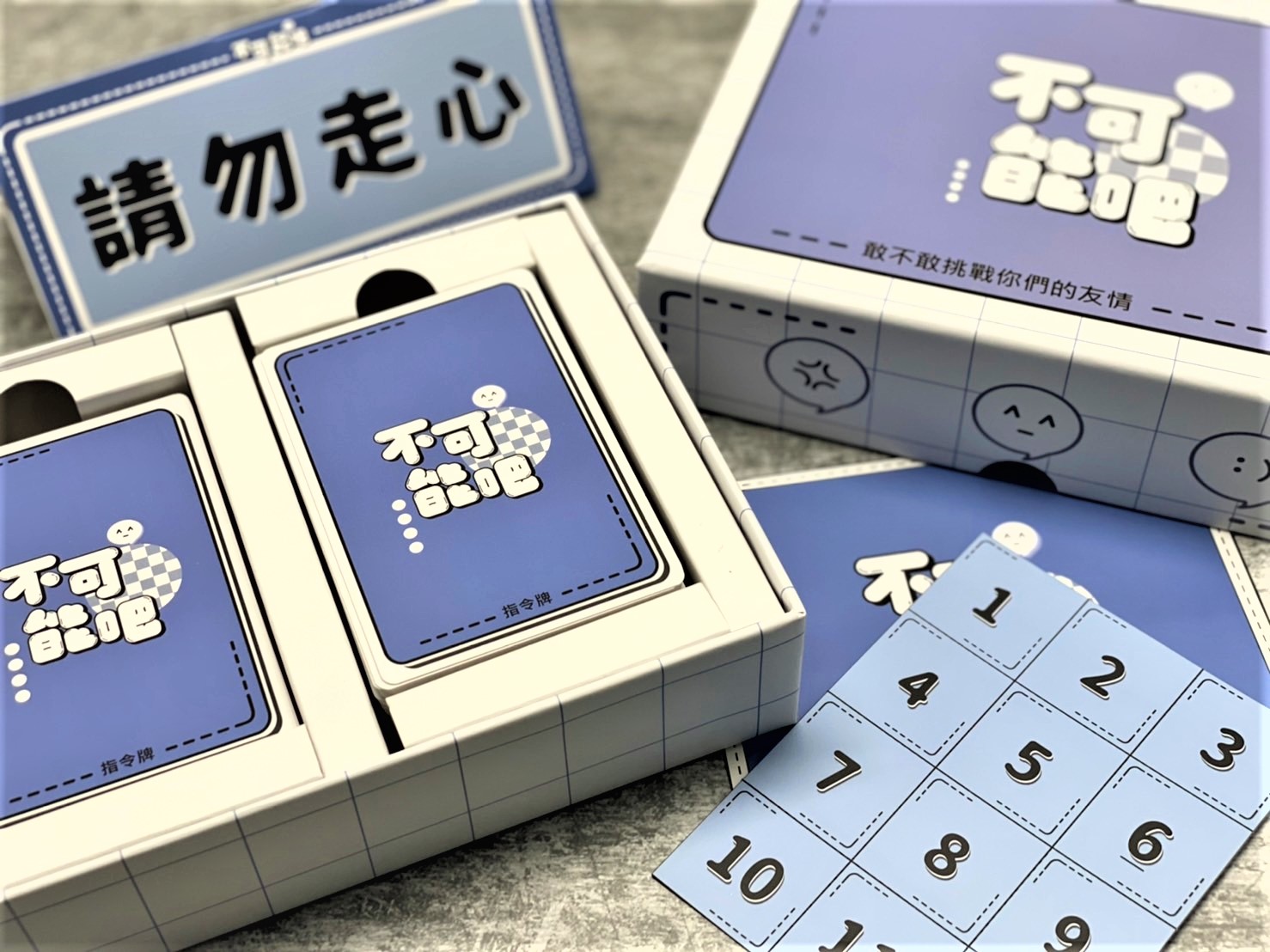


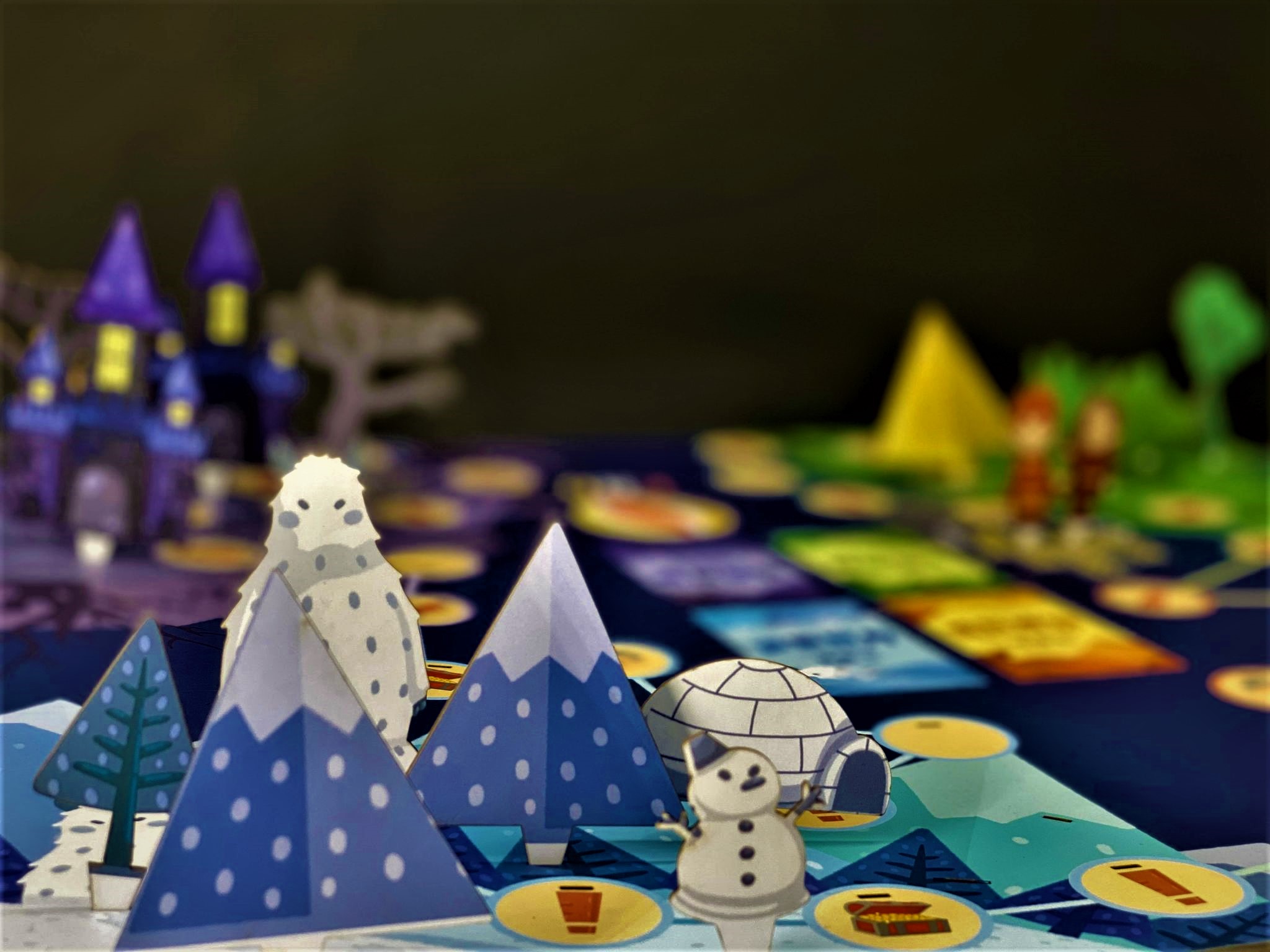
• Overview
Professional printing of board games involves a series of processes that transform your game design into a tangible product. This includes selecting materials, choosing printing techniques, and ensuring that every component of the game meets high standards of quality.
• History
The evolution of board games can be traced back to ancient civilizations, where rudimentary versions of board games were crafted by hand. With the advent of printing technology, board games saw a transformation, allowing for mass production and intricate designs that were previously impossible to achieve.
• Significance
it’s about creating a durable and engaging product that withstands repeated use. Professional printing ensures consistency, which is critical for gameplay mechanics and player satisfaction.
1. Designing Your Board Game for Printing
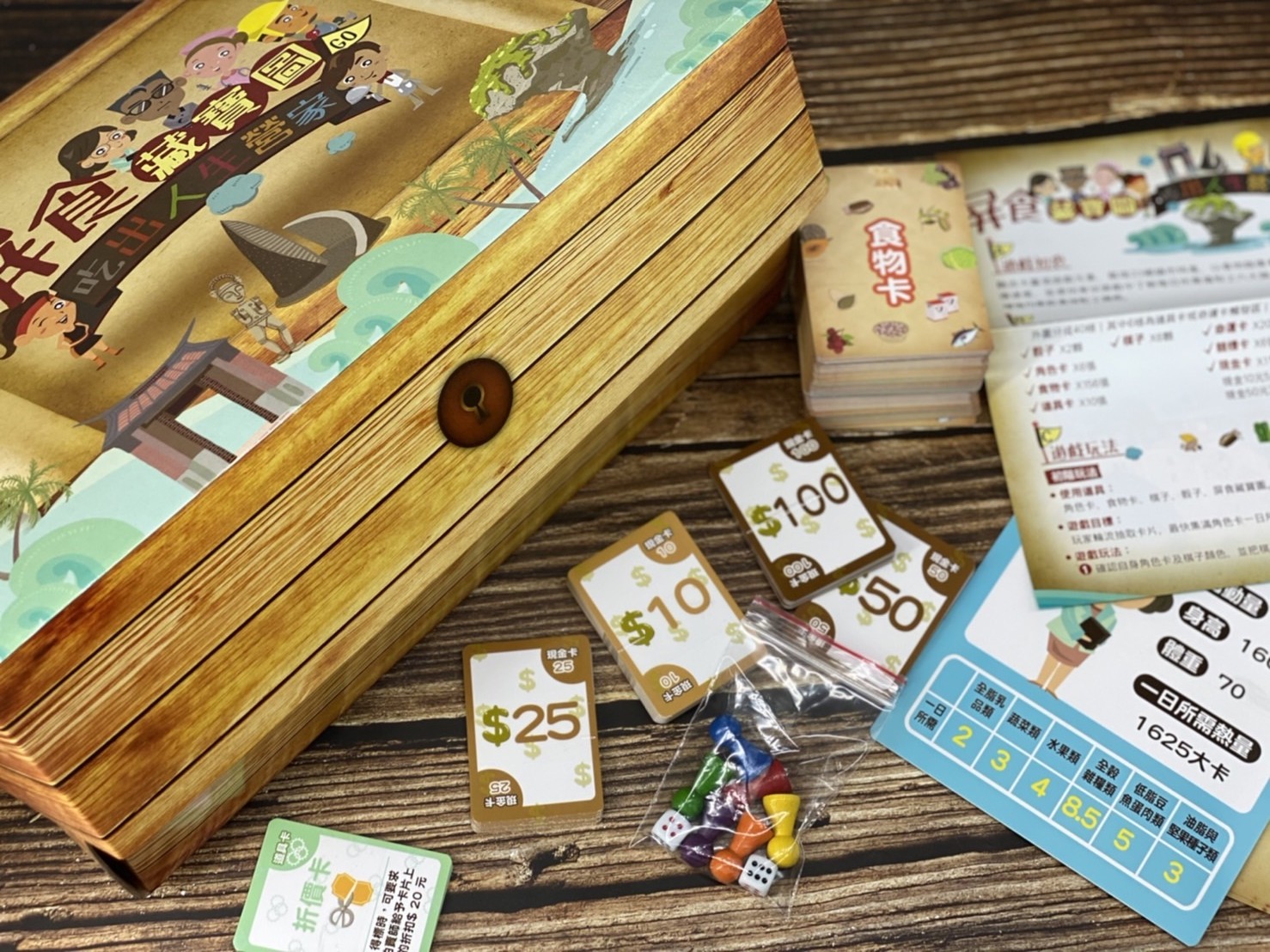
Key Considerations
When designing a board game for professional printing, several factors need to be taken into account, including the size of the board, the number of components, and the overall theme and artwork. Ensuring that your design is print-ready is crucial for achieving the best results.
Tools and Software
Utilizing professional design software such as Adobe Illustrator or Photoshop can help you create detailed and precise designs. These tools offer a range of features that are essential for preparing your artwork for printing.
2. Materials Used in Board Game Printing
Types of Paper
Different types of paper are used in board game printing, each offering unique properties. For instance, glossy paper enhances color vibrancy, while matte paper provides a more subdued and classic look.
| Cardboard |
Cardboard is commonly used for game boards and boxes. The thickness and quality of the cardboard can significantly impact the durability and feel of the game. |
| Tips for Color Management |
Work with your printer to establish color profiles and proofing processes. Using Pantone colors can help achieve precise color matching, and conducting print tests ensures that the final product meets your expectations. |
| Custom Pieces |
Custom pieces add a unique touch to your game, making it stand out from others. From personalized tokens to intricately designed miniatures, customization options are vast. |
| Unique Boards |
Designing a unique game board can enhance the gameplay experience. Consider different shapes, sizes, and features that align with your game’s theme. |
| Personalized Elements | Adding personalized elements, such as custom player boards or nameplates, can make your game more engaging and memorable for players. |
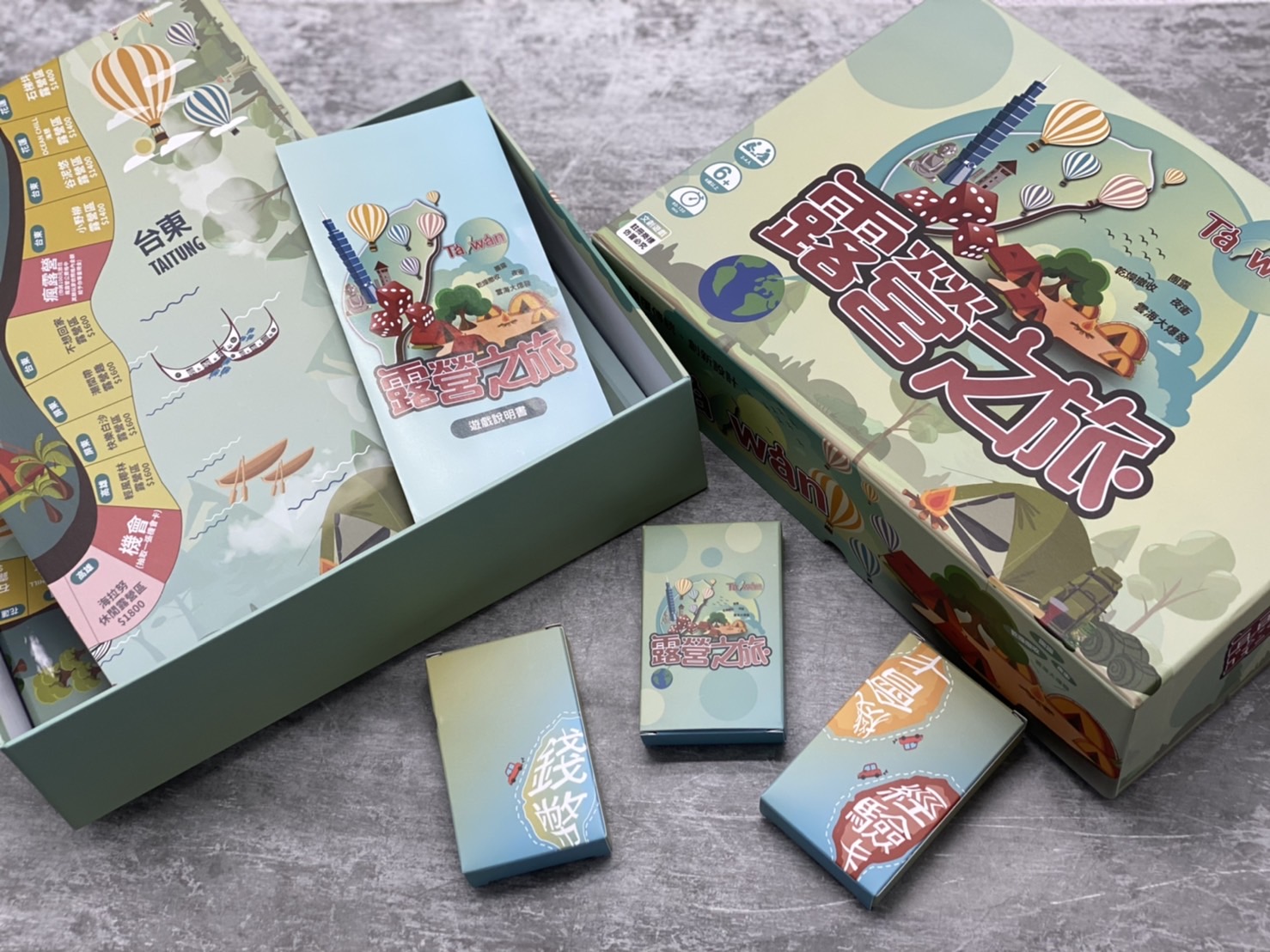
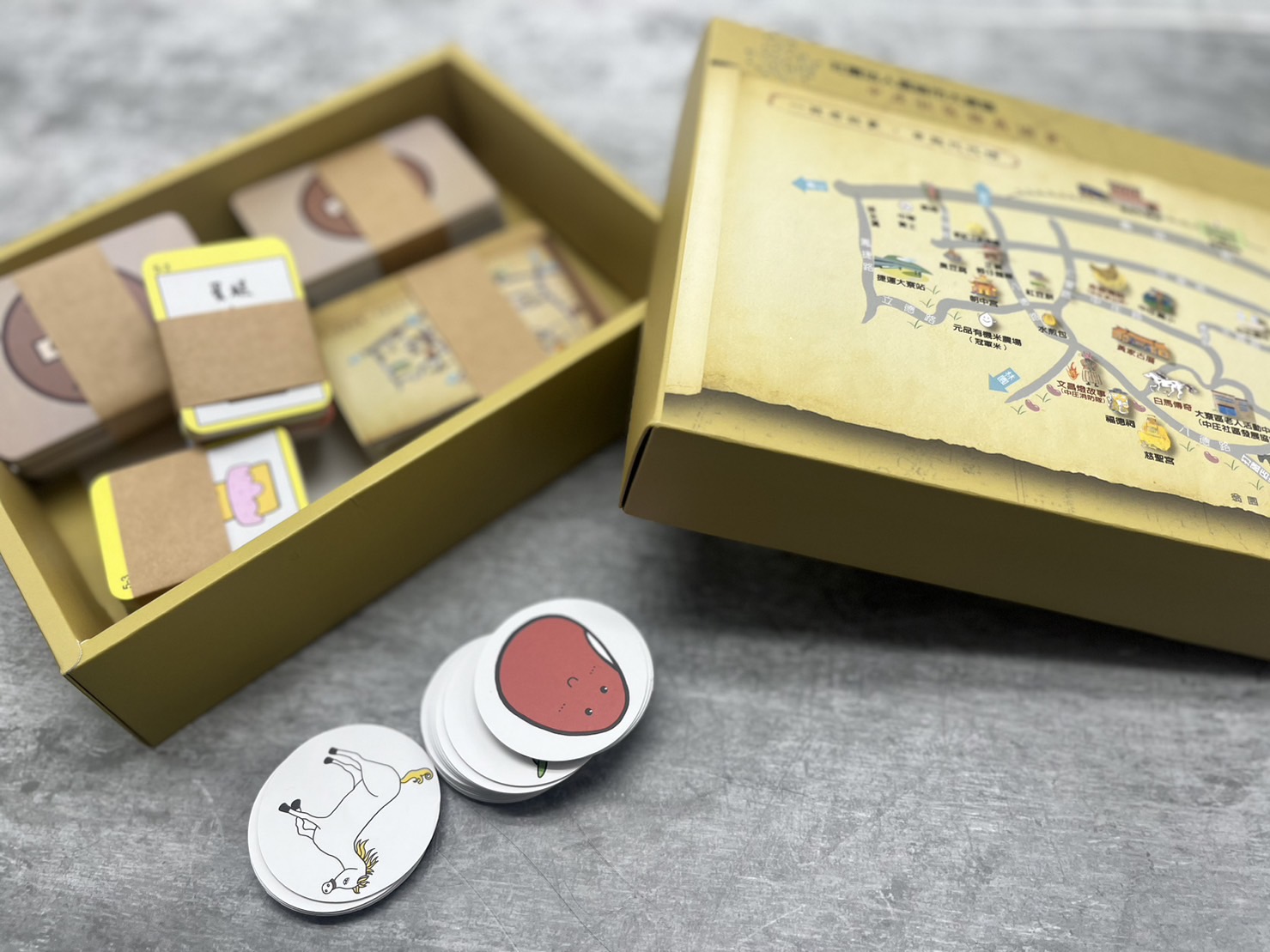
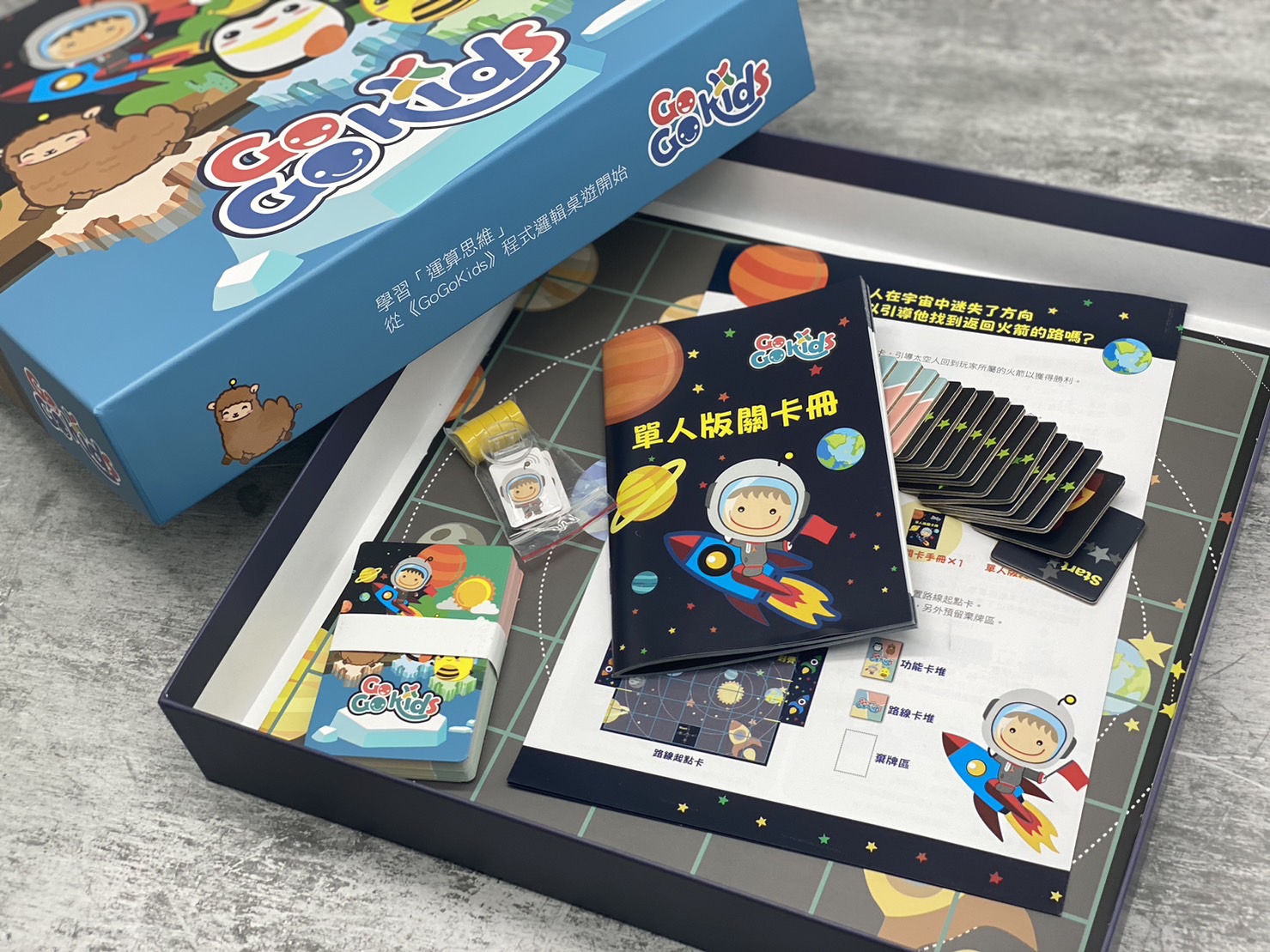
3. Trends in Board Game Printing
| Designing Appealing Packaging | Strategies for Promotion | Importance of Feedback |
|
Consider the unboxing experience and how the packaging aligns with the game’s theme. Using durable materials and innovative designs can make your game stand out on the shelves. |
Effective marketing strategies include leveraging social media, engaging with board game communities, and utilizing influencer partnerships. A well-planned campaign can significantly increase visibility and sales. |
Customer feedback provides valuable insights into the strengths and weaknesses of your game. Actively seeking feedback helps you improve future editions and maintain player satisfaction. |
From planning and filing to the completion of printed matter, printing must go through many procedures, combined with the professional skills of countless people, such as graphic designers, commercial photographers, copywriters, typewriters, artists, color separation technicians, printing technicians, Public workers, printing technicians, bookbinding, varnishing and various processing technicians, etc., without any one, can not successfully complete the printed matter, so they are all important contributors.
We assist many enterprises and organizations in the integrated planning and production of printed materials, focusing on providing comprehensive printing integration services, helping you think more, do more, and win more under limited time and money.
